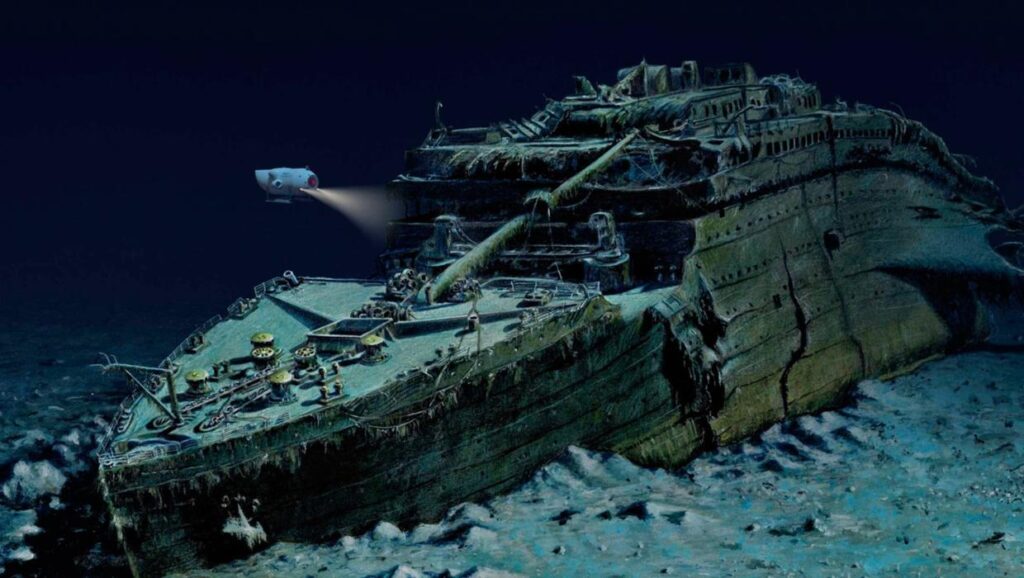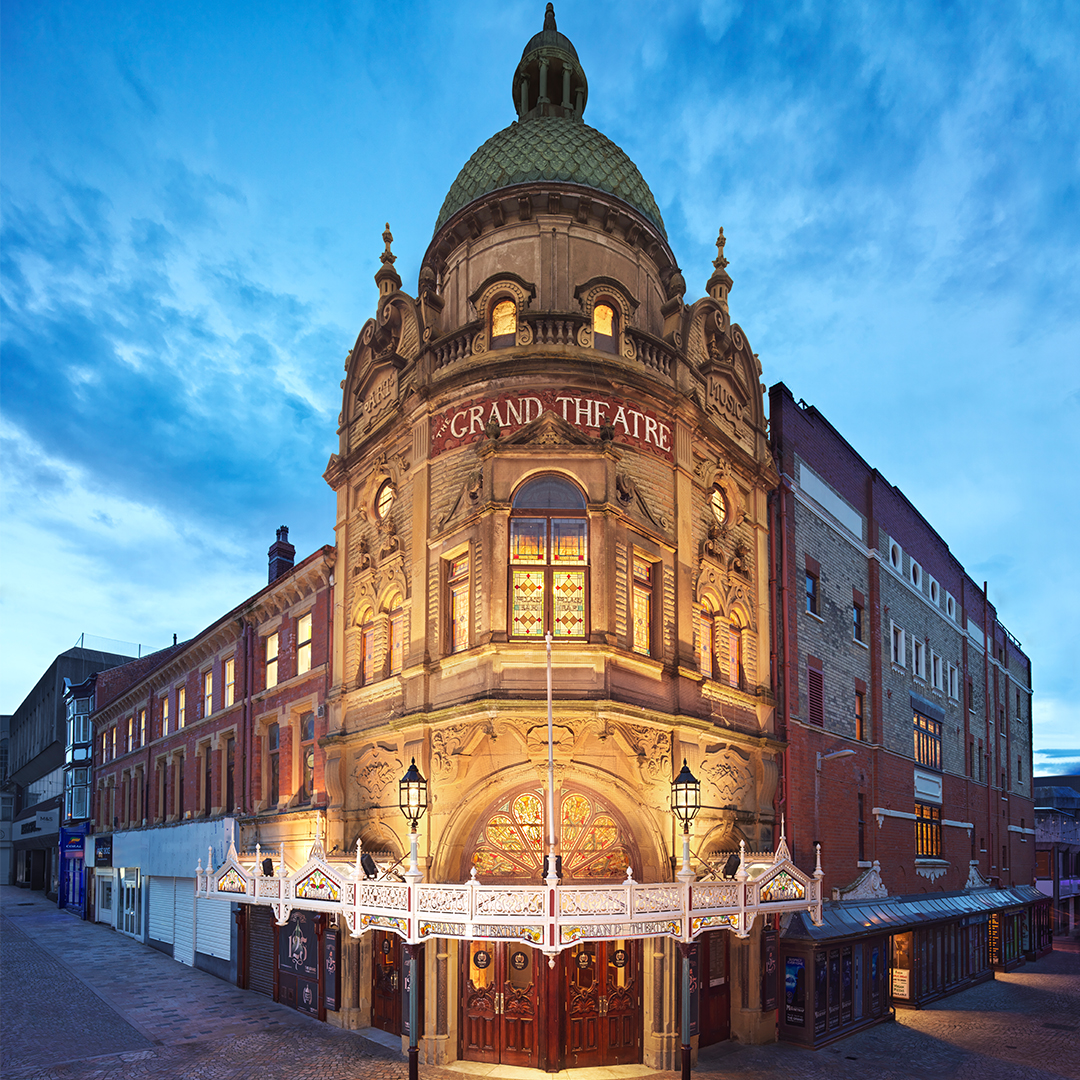
The Titanic Tragedy Everything you Need to Know
6 min read
Share
Titanic Tragedy Everything you Need to Know – The story of the Titanic is something we all know a little about, but there is so much more to it.
It was billed as the most exciting, high-end luxury cruise liner of its time, and yet it became one of the biggest tragedies in modern history.
Here we’re going to look more closely at everything you need to know about the Titanic and the fated night it hit the iceberg.
Titanic Tragedy Everything you Need to Know
What was the Titanic, and what happened to it?
The Titanic was a luxurious British-built steamliner that sank at around 2:20 am on April 15th, 1912. It struck an iceberg, and over 1,500 members of staff and passengers were killed. It was just off the coast of Newfoundland when it sunk and this was its maiden voyage. After all the hype and build-up about this amazing ship, it was destroyed in the worst kind of tragedy.
The Building of the Titanic
The RMS Titanic was the culmination of a competitive battle in the world of shipping in the early 20th century. The White Star Line were constantly battling against their rival Cunard with the aim of creating the most advanced steamship on the waters.
Cunard were famous for their Mauretania, which began service in 1907 and their other masterpiece was the Lusitania. To rival these ships, White Star Line began work on the Titanic and two additional large steamboats.
Chief executive of White Star, J. Bruce Ismay discussed designing a new “Olympic class” of liners with Harland and Wolff, a renowned shipping company. In March 1909, work began on the Titanic at Harland and Wolff’s shipyard in Belfast. Two years were spent perfectly and completing the monumental vessel and on May 31st, 1911 the hull of the ship made its first short voyage down the slipways to the River Lagan. The hull was then towed to a fitting-out dock where over 3000 people worked to build the decks, create the beautiful and ornate interiors and install the boilers required to keep the ship going once out at sea.
Was the Titanic doomed at Design Stage?
Some engineers and similar experts argue that the Titanic was doomed by some of the very features that it claimed were state-of-the-art. The ship featured a double bottom and watertight bulkhead compartments complete with watertight doors. This proved to be a real problem once the ship ran into trouble as the walls separating the bulkheads extended only just above the water line. This meant water could pour from one compartment into another, especially if the ship began to pitch forward. The Titanic was also equipped with far too few lifeboats.
Passengers and Nearly Passengers
The Titanic departed for its maiden voyage from Southampton on April 10th 1912 and marketing prior to the event attracted a huge range of wealthy individuals and recognisable names of the time. The Titanic was sold as a truly luxury experience and drew a lot of attention. First and foremost travelling were the Chief Executive of White Star and Thomas Andrews, one of the main architects of the ship from Harland and Wolff. The wealthiest passenger was John Jacob Astor IV, and other notable names included Isidor Strauss, the owner of Macy’s Department store, socialite Margaret ‘Molly’ Browen and renowned industrialist Benjamin Guggenheim.
One person who planned to travel but had a lucky escape was financier JP Morgan, one of the main investors in the vessel and voyage. He cancelled last minute and was probably very grateful that he did!
As well as recognisable names in the first-class passenger suites, there were many lower-class passengers too. By far the largest group of passengers were third class, with some paying as little as £15 to travel. Even the third class on the Titanic offered a significantly better class of travel than third class on any other ship at the time.

Setting Sail from Southampton
The Titanic set sail from Southampton on April 10th and even this was a little more unusual than the average sendoff. They found a small coal fire in one of the ship’s bunkers before it set up, and while not uncommon it was an alarming discovery for such a momentous occasion. The fire had to be put out and dealt with before they could decide whether it was safe to sail. Both the captain and chief engineer agreed it was unlikely the fire had caused any damage affecting the structure of the hull and the stokers had to keep at work controlling the fire once at sea.
Some theorists believe it was the uncontrollable nature of this fire that led the captain to attempt a full-speed crossing, moving faster than was really safe and making it impossible to stop in time to avoid the collision with the iceberg.
National Geographic: Titanic: The Final Word With James Cameron: James Cameron and his
team pull together a new CGI of how they believe the TItanic sank and reached the ocean floor.
Collision Moment
Four days of uneventful sailing took place before the fatal collision. The Titanic had been receiving occasional reports of ice from other ships, but the seas seemed calm, and the sky was completely clear.
At 11.30 pm on April 14th, a lookout saw an iceberg appearing out of a haze ahead of the ship. They rang the warning bell and telephoned the bridge. Engineers quickly reversed, and the ship was turned sharply, stopping it from making a direct impact with the iceberg. It seemed to simply graze along the side of the ship, sprinkling ice fragments across the forward deck. Lookouts were initially relieved as they believed collision had been avoided. In reality, they had no idea about the iceberg’s underwater spur that slashed a huge hole in the hull, below the waterline of the ship.
The captain and architect Thomas Andrews toured the damaged area and saw five compartments were already filling with seawater. The bow of the ship was already pitched downward and water was pouring from one compartment to the next. Andrews quickly estimated the ship may remain afloat for around an hour and a half or a little longer, so emergency action was necessary. The captain had already instructed wireless operators for call for help, but next, it was time to load up the lifeboats.
“Women and Children First”
Shockingly it took over an hour from contact with the iceberg for lifeboats to begin to be loaded. The evacuation is recognised as one of the most haphazard and disorganised there has ever been and it meant many people lost their lives when they may be able to have been saved. The first lifeboat could hold up to 65 people, yet it left with just 28.
Confusion and chaos meant almost every lifeboat was launched far too soon and completely underfilled, meaning passengers were left to their fate when they could have been saved.
The law of the seas commands women and children boarded the boats first. However, the confusing nature of the evacuation meant many women and children were not given the chance to board and were amongst the many victims.
Andrews believed the Titanic would only last just over an hour and a half but it actually stayed afloat for nearly three hours. These three hours saw many acts of bravery and some even considered cowardice. Ismay, for example, managed to make his way onto one of the boats despite being the lead representative of the liner’s company White Star. His life was plagued on returning to the land as people branded him a coward for the rest of his days.
The Sinking of the Titanic
Once the ship could not be saved, passengers fled as quickly as they could considering the disorganisation of the evacuation. Some of the ships most illustrious passengers fates were sealed even if they survived, like Ismay as already mentioned.
Macy’s owner Straus was given the chance to leave the ship due to his vulnerable age, yet he chose not to and his wife, Ida, stayed with him and they went back to their cabin to pass together. Reports suggest Thomas Andrews was last seen in the Smoking Room and his body never recovered.
Molly Brown was known as a hero of the tragedy as she demanded the lifeboat crew members returned for more passengers after helping as many as she could into boats first.
At around 2.20am on April 15th 1912, the Titanic finally slipped into the icy waters for good. It was almost perpendicular at the moment of its final descent, with many lights still aglow and passengers still unable to escape. Throughout the morning Cunard’s ship Carpathia rounded up all the lifeboats and were able to return just 705 survivors.
The Aftermath of the Titanic Catastrophe
The huge catastrophe of the sinking of the Titanic meant there were at least five separate boards of inquiry into the event. Hearings were conducted on both sides of the Atlantic, and dozens of witnesses relived their experiences. Maritime and engineering experts were drafted in to share their expert opinion and try and make sense of the tragedy. All theories imaginable were tested to see what had caused the accident and there is no 100% answer to this question to this day.
The assumption remains the ship sank due to the hole caused by the iceberg’s impact but many other theories have been examined. Some suggest that the steel plating of the ship were too brittle for the freezing waters, resulting in the rivets popping out and joints failing. Regardless of the reason for the accident, it remains one of the biggest tragedies in human history.
The Titanic was marketed as unsinkable and all this led to a sense of confidence, if not complacency, amongst those involved. With this in mind, it is understandable why some people see the sinking of the ship as a moral tale about the dangers of human hubris.
The impact of the tragedy at the time also cannot be underestimated. The hype around the ship in a time of unreliable communications meant people found it impossible to believe the ship had sunk. Misinformation was commonplace and many people believed the ship and its passengers were still on their way to America. Some newspapers even reported that there had been a collision with an iceberg but the Titanic was being towed to port with everyone safe on board. When accurate accounts became available people still found it impossible to accept. The Titanic had been sold to them as the peak of modern technology, so how could it possibly fail so magnificently and claim the lives of 1500 people?
Uncovering the Wreck of the Titanic
Efforts to try and salvage the Titanic began almost as soon as it had sunk but to no avail. It wasn’t until 1985 that the wreck was finally located. It now lies 400 miles east of Newfoundland in the North Atlantic, 13,000 feet below the surface. The American-French expedition that discovered the wreck’s location also had access to submersible sled equipment with remote-controlled cameras attached. They were able to send the equipment 13,000 feet deep to the floor of the ocean and capture the first underwater images of the ship. The wreck is covered in small rust-coloured stalactires which scientists believe will eventually consume the entire wreck. It is not possible for anyone to dive and explore the site in person due to the extreme depth of its position on the bed of the Atlantic Ocean.
The Titanic’s Legacy
The sinking of the Titanic changed sea travel and people’s feelings towards it. It also changed the way maritime professionals monitor and act in the event of ice. This included the formation of an international ice patrol to monitor icebergs in the North Atlantic and regularly updated maritime safety regulations. It also led to lifeboat drills becoming mandatory so another disastrous evacuation could be avoided on future boats and future voyages. The Titanic also plays a considerable role in our cultural history, with many book, plays and, of course, the hugely popular and acclaimed film, all exploring the fated journey.
The sinking of the Titanic remains one of the most tragic losses of life in human history and something that should continue to be explored, retold and remembered.



























